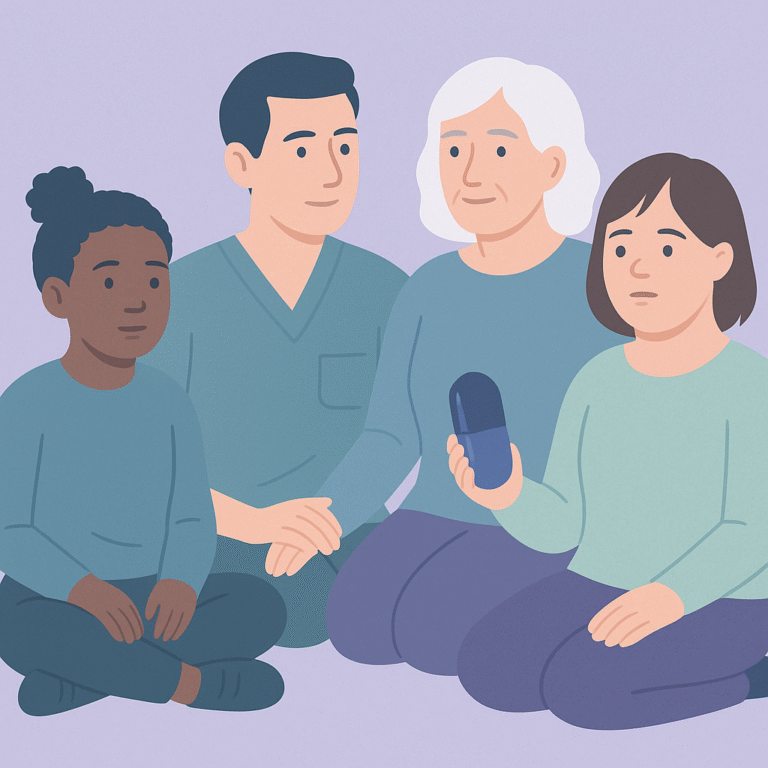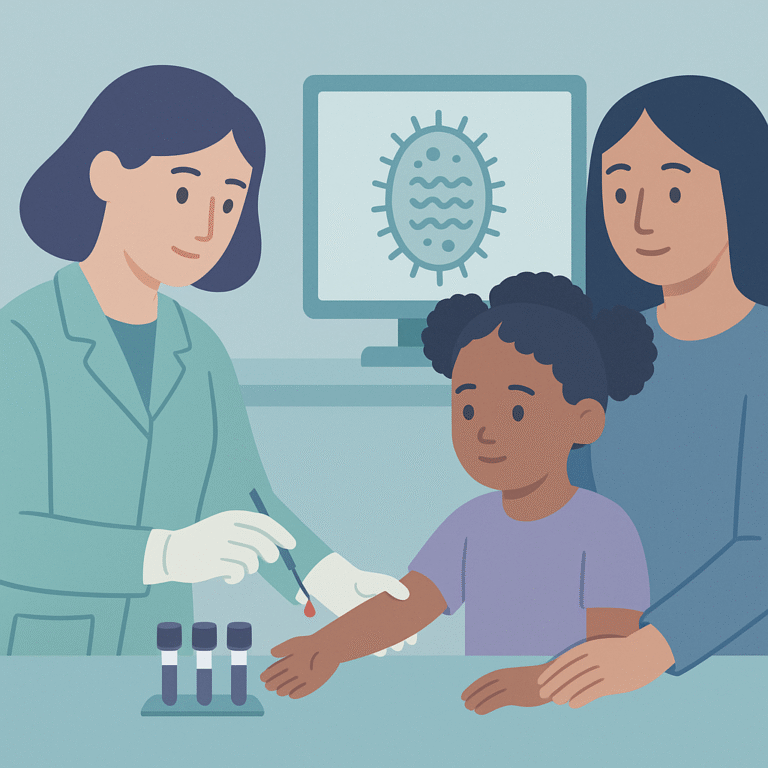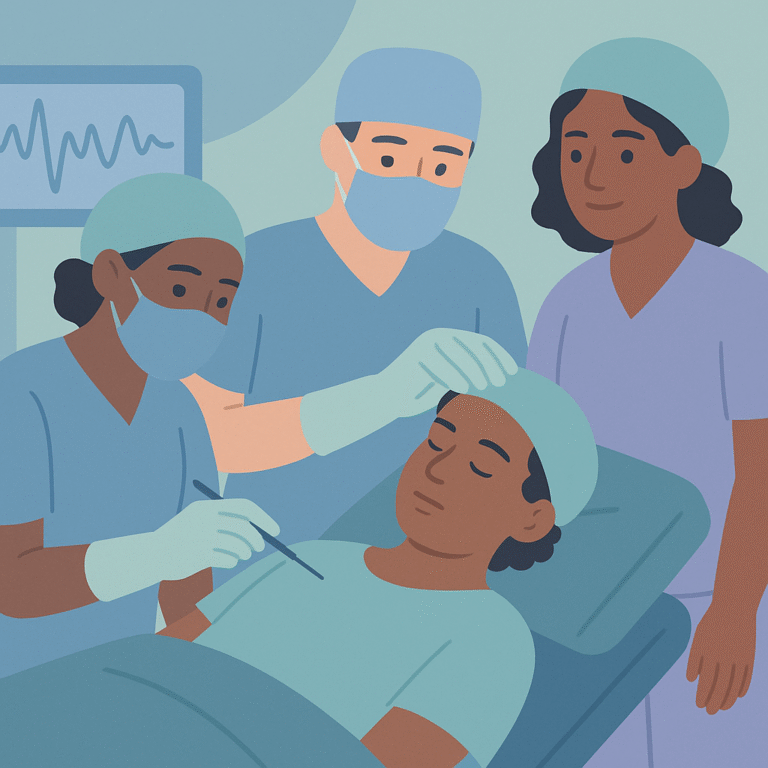Understanding Seizure Risks in Leukodystrophy Patients
Source: Pediatric neurology
Summary
This study looked at the occurrence of seizures and epilepsy in children diagnosed with leukodystrophies, which are rare brain disorders that affect the white matter of the brain. Researchers gathered data from eight pediatric health centers across the country, focusing on patients aged 18 and younger who had been diagnosed with these conditions between January 2013 and March 2020. A total of 704 patients were included in the analysis.
The key findings showed that 29% of the patients experienced at least one seizure, and among those, 80% went on to develop epilepsy, which is defined as having two or more unprovoked seizures. The study also found that certain factors increased the risk of seizures, such as being older, having specific abnormal brain wave patterns on EEG tests, and having certain types of leukodystrophies. In particular, patients with generalized brain wave abnormalities had a much higher risk of seizures compared to those with localized issues.
These findings are important because they highlight the need for careful monitoring of seizures in children with leukodystrophies, as many may require multiple medications to manage their seizures. However, the study has limitations, including its retrospective design, which means it looked back at existing data rather than following patients over time. This could affect the accuracy of the findings, and more research is needed to develop targeted strategies for managing seizures in this population.
Free: Seizure First Aid Quick Guide (PDF)
Plus one plain-language weekly digest of new epilepsy research.
Unsubscribe anytime. No medical advice.





